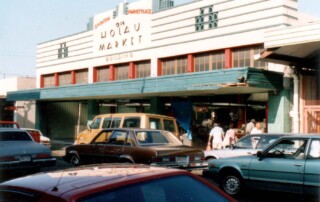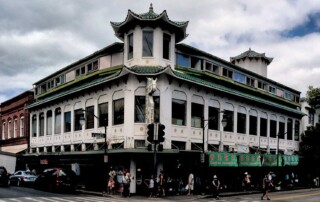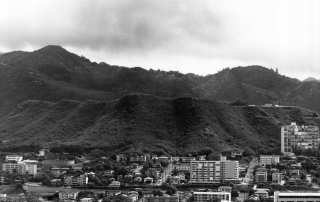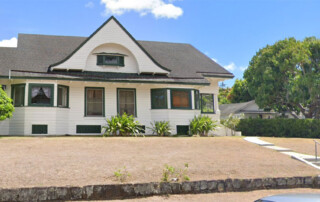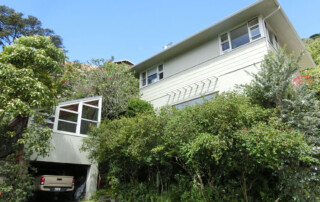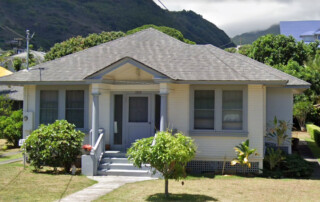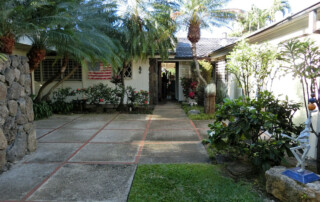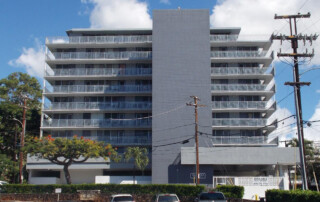Hōlau Market
Address 942 Kekaulike St, Honolulu, HI 96817 TMK -- SHPD Historic Site Number Not Yet Available Abstract Erected in 1936, Hōlau Market was a Honolulu Chinatown market with refrigeration and other modern conveniences catering to Native Hawaiians. It proved to be an innovator in Honolulu’s retail grocery trade by providing new amenities, conveniences, and greater choices for its patrons. The building was originally owned by Mary Ellen Hōlau Loncke and Frank J. Loncke, and was designed by prominent Issei engineer and architectural designer, Hego Fuchino. Mankichi Goto, owner of the Aloha Building Company, oversaw construction. Its foundation is concrete, as is the floor, roof slabs, piers, columns, and beams. The building is significant under Criterion A for its focus on supporting culinary traditions (poi, laulau, limu, palu, and more) for Native Hawaiian customers. It’s also significant under Criterion C for its design and construction including detailing and ornamentation associated with the Art Deco style. The most distinctive physical attributes are on the front façade, which includes a series of transoms above the mostly open ground-level storefront, separate sets of horizontal bands on the outer bays of the three- part stepped parapet, and a decorative grill with half-lunette-like concrete blocks on each side of the parapet. Most of the ground-level interior is open to allow for the installation (since removed) of multiple stalls and counters to serve customers. The building is also a contributing feature in the Chinatown National Historic District.


